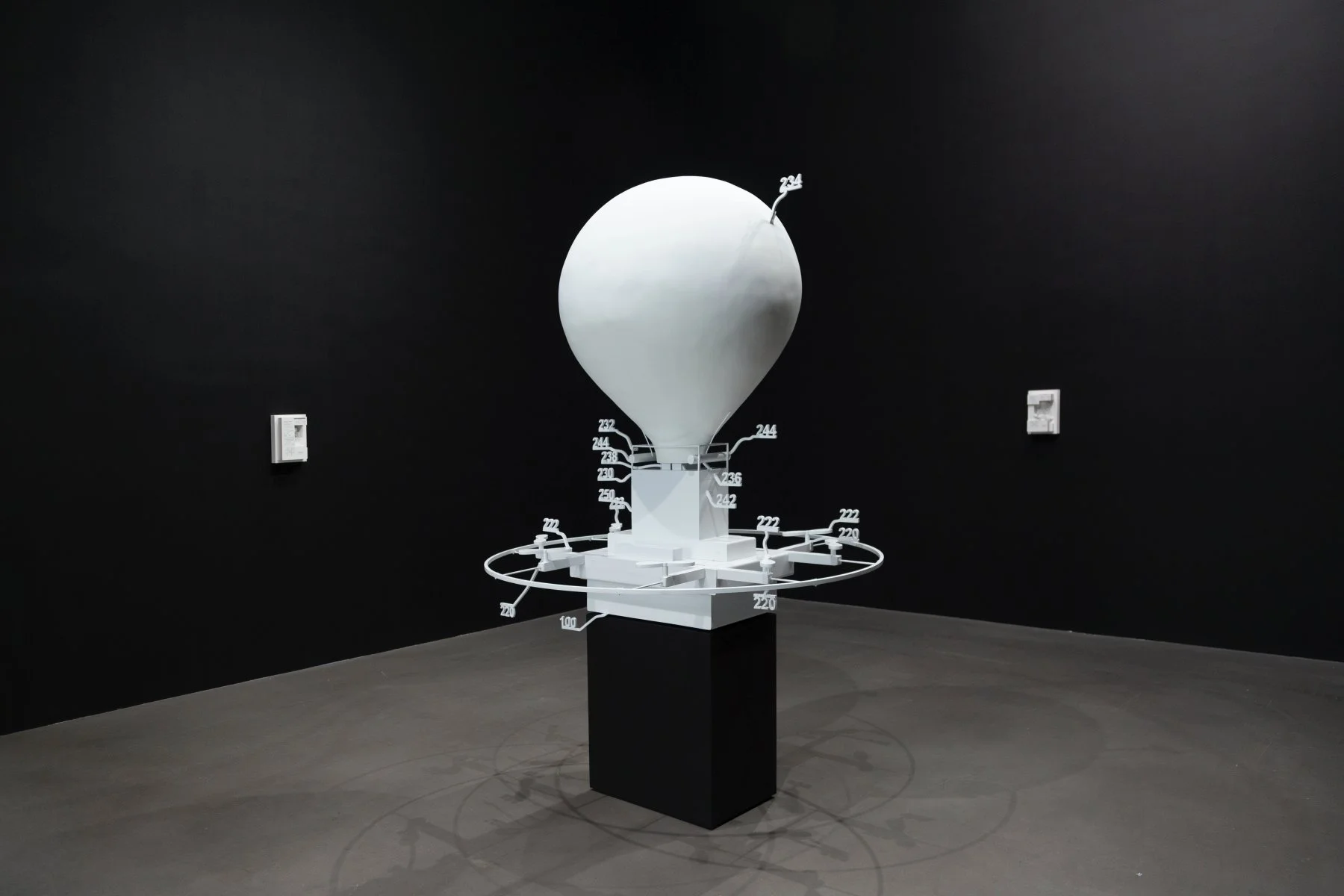Excerpt No. 2 from Internet_Art (Randomly Selected)
Over the next month, we are inviting our readers, friends and fans to make suggestions of short (1,000 word) excerpts from aP21 founder, Dr. O's book, InternetArt to profile on our Age of Anxiety splurge-space. Have a favourite section, you'd like us to profile? Email info@artpost21.com. Here's an excerpt on a 3D printed world from Internet_Art: From the Birth of the Web to the Rise of NFTs by Omar Kholeif.
Artwork courtesy Simon Denny and Petzel, NYC
3-D ME
The first video game that I ever played was Sonic the Hedgehog on a Sega Mega Drive. I recall being mesmerized by the plentiful colors and details—a world away from the Tetris block games that I had witnessed on mobile Nintendo devices. During the quest into adulthood, public discussion consist- ently seemed to revolve around computer graphics. The more real, which by proxy meant the more 3-D these facets became, the more real our narrative experiences would be. I quickly lost interest, seeing them as little more than marketing tools. Who wanted a video game to resemble drab reality?
My naivety at the time was to do with my limited conception of dimen- sion, detail, graphics, and scale. The spaces that were being constructed were not mere simulations, but context-specific fields of production that ref- erenced the history of graphics and special effects. The legendary filmmaker Harun Farocki’s (1944–2014) final project before his unexpected death was a four-part work entitled Parallel I–IV (2012–14), where he traced the history of computer-game graphics for about thirty years. Unlike special effects in cin- ema, Farocki argues, video gaming has its own situated visual language that belongs to and of the world that generates it. In this regard, cinema begins to resemble video games, not vice versa.
During the ubiquitous escalation of the technical sphere, many have become fascinated with the advent of 3-D-printing technologies, which can produce an object from either a simple or complex architectural drawing. Initially developed for rapid prototyping in research and development, they offered possibilities for creating “a world on site,” helping to reduce the environmental costs of movement and waste. Like every successful tech- nology, their accessibility enables them to proliferate. Now, for as relatively little as a couple of hundred dollars, anyone can access scalable versions of such devices, or as has become common, can send off for pictures of them- selves to be made into synthetic 3-D dolls that can be used as cake toppers or door stoppers—more future landfill.
New Zealand–born artist Simon Denny has explored the propositional nature of 3-D technologies through his work. In summer 2019, he showed me images of the first rendition of his 3-D visualization of an Amazon worker cage—an artwork developed from a blueprint for a literal cage that would move Amazon workers within a highly automated workplace. Amazon executives probably acknowledged the all-too-real poignancy of the meta- phor, and the plans were thwarted. But Denny produced a 3-D model with diagrammatic details, an augmented-reality interface, and a soundtrack.
As 3-D printing continues to evolve, 4-D printing, which adopts a similar formal approach to fabricating physical objects from computer drawings, is now in mass existence. The difference is that things printed in 4-D are not fixed but morph and contort over time, shape-shifting to the contours of their given environment. Detroit-born Matthew Angelo Harri- son inverts these processes to their analog with his encapsulations of what he asserts are tribal sculptures. A cornerstone in Harrison’s growing body of work is a series created under the umbrella of Dark Povera (2017–ongo- ing). Delving down to archaeological depths, he constructs African artifacts from myriad contexts, but instead of rendering them with silicone, he adopts wet clay as the material for his homemade 3-D printer—thereby returning the object to a semblance of tactility.
Courtesy the author and Phaidon Press.
Image credit: courtesy Simon Denny and Petzel, NYC.


